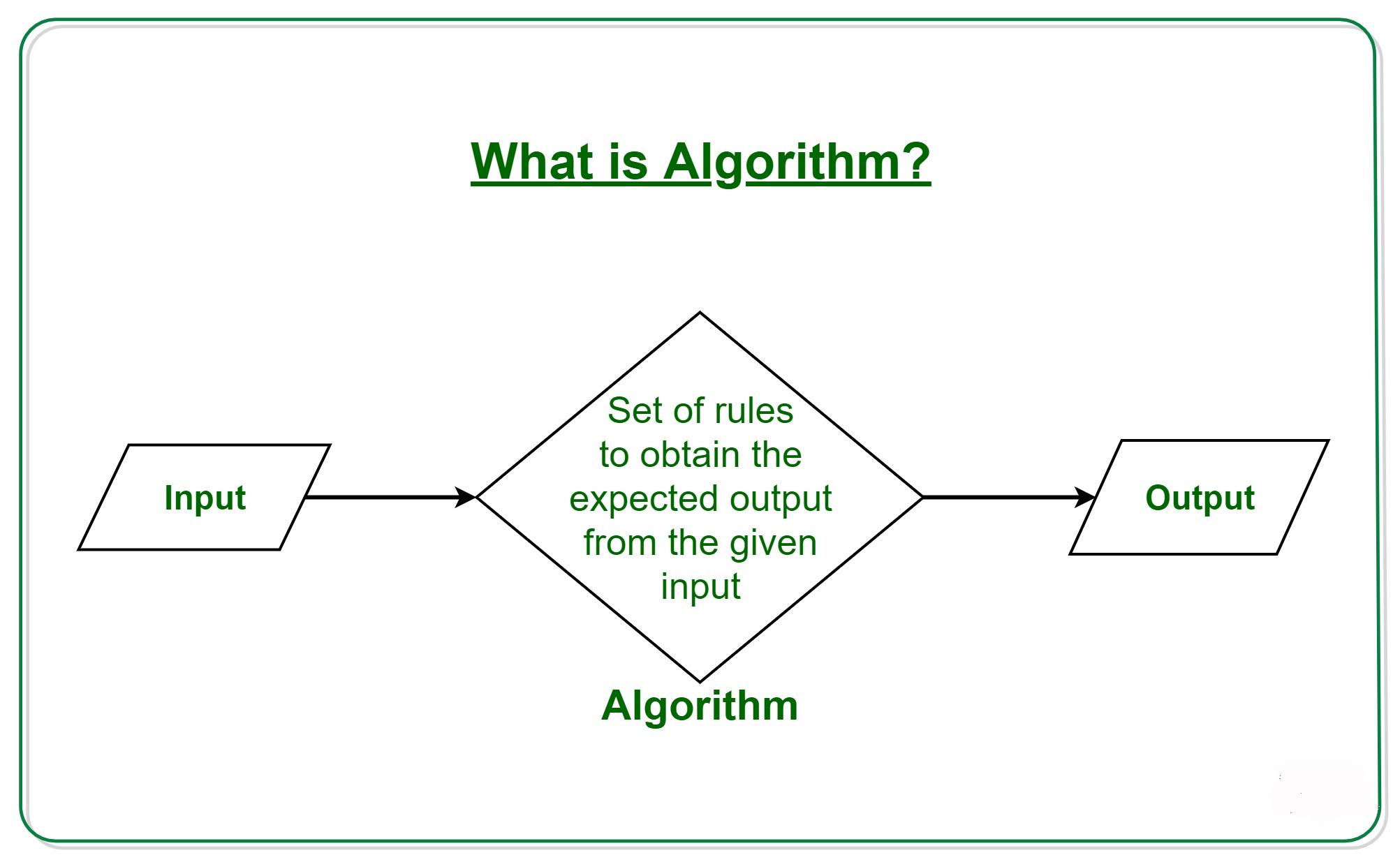
The Three Laws of Robotics and Isaac Asimov's creations are just a few of the many works of robotic fiction. This article will discuss some of the most famous works of robot fiction and their origins. The first novel, I, Robot, is a collection of short stories, as well as an interview with robopsychologist Dr. Susan Calvin. The series also included a number of robot novels: Caves of Steel and Robots and Empire. The Untamed Sun was the fifth book. R. Daneel Olivaw, the Terran's protagonist, is accompanied in this series by Elijah Baley (sometimes referred as "Lije Baley"). R. Daneel Olivaw, the Terran protagonist, helps him.
Three Laws of Robotics
The three laws of robotics are a part of science fiction and sci-fi, but not strictly scientific. Although robots have been created to help humans, the laws of robotics make it difficult to define what a robot actually is. Asimov said that robots should not harm humans but must obey human commands to be able to function properly. Robots must have fail-safe mechanisms in place to protect their existence. This fail-safe mechanism is programmed to turn off when the robot's owners instruct it to.

Vitagraph One-Reel Film
Because of its futuristic setting and Vitagraph one reel film "Robots", the film has been classified robot fiction. The novel was inspired by the inventions of Thomas Edison, which he viewed in Paris. He serialized the story in 1884 and published it. An identical film was made, but with a different storyline. The film also featured robots and mechanical men, also known as automatons.
Isaac Asimov's creations
Since decades, science fiction has featured robots. Robots was derived from the Czech word robota, which was used to describe slaves. Isaac Asimov is a science fiction writer who first used the term in 1939. His creations were based on science and technology, and his futuristic visions of the future were grounded in careful principles. In "I, Robot," he presented the Three Laws of Robotics, a set of three laws of robotic behavior that would protect these machines from becoming hostile to their creators.
Westworld
Robots are the hosts in Westworld's fictional adult western theme park. Guests can act as any character they desire and do whatever they want to do without fear of punishment or consequence. The artificial intelligence fuels the park's robots. As Westworld's premiere season winds down, the robots start to feel human emotions. These include anger, frustration, love and sadness. The question now is how far robots can go to reach human intelligence.

Terry Pratchett’s Robby the Robot
Robby the Robot is a science-fiction novel by author Terry Pratchett. It is a humorous, wry comedy that tells the story of a robot anthropomorphic robot who lives in another world. It is the latest installment in the "Discworld" series, which began in 1983 with "The Colour of Magic." With two books published each year, it was Pratchett’s most successful series. It is Pratchett’s most loved novel, and was the second most read book in the U.K. at 2015.
FAQ
What are some examples of AI applications?
AI is used in many fields, including finance and healthcare, manufacturing, transport, energy, education, law enforcement, defense, and government. These are just a few of the many examples.
-
Finance - AI has already helped banks detect fraud. AI can detect suspicious activity in millions of transactions each day by scanning them.
-
Healthcare – AI is used in healthcare to detect cancerous cells and recommend treatment options.
-
Manufacturing - AI is used to increase efficiency in factories and reduce costs.
-
Transportation - Self-driving cars have been tested successfully in California. They are currently being tested all over the world.
-
Utilities can use AI to monitor electricity usage patterns.
-
Education - AI is being used in education. Students can interact with robots by using their smartphones.
-
Government - AI is being used within governments to help track terrorists, criminals, and missing people.
-
Law Enforcement - AI is used in police investigations. Databases containing thousands hours of CCTV footage are available for detectives to search.
-
Defense – AI can be used both offensively as well as defensively. Offensively, AI systems can be used to hack into enemy computers. In defense, AI systems can be used to defend military bases from cyberattacks.
How does AI work?
An algorithm refers to a set of instructions that tells computers how to solve problems. A sequence of steps can be used to express an algorithm. Each step has an execution date. The computer executes each step sequentially until all conditions meet. This process repeats until the final result is achieved.
Let's suppose, for example that you want to find the square roots of 5. If you wanted to find the square root of 5, you could write down every number from 1 through 10. Then calculate the square root and take the average. However, this isn't practical. You can write the following formula instead:
sqrt(x) x^0.5
This says to square the input, divide it by 2, then multiply by 0.5.
The same principle is followed by a computer. It takes your input, squares it, divides by 2, multiplies by 0.5, adds 1, subtracts 1, and finally outputs the answer.
Who invented AI and why?
Alan Turing
Turing was created in 1912. His mother was a nurse and his father was a minister. At school, he excelled at mathematics but became depressed after being rejected by Cambridge University. He started playing chess and won numerous tournaments. After World War II, he was employed at Bletchley Park in Britain, where he cracked German codes.
1954 was his death.
John McCarthy
McCarthy was born 1928. Before joining MIT, he studied maths at Princeton University. There, he created the LISP programming languages. In 1957, he had established the foundations of modern AI.
He died in 2011.
What is AI used today?
Artificial intelligence (AI) is an umbrella term for machine learning, natural language processing, robotics, autonomous agents, neural networks, expert systems, etc. It's also called smart machines.
The first computer programs were written by Alan Turing in 1950. He was fascinated by computers being able to think. In his paper, Computing Machinery and Intelligence, he suggested a test for artificial Intelligence. The test seeks to determine if a computer programme can communicate with a human.
In 1956, John McCarthy introduced the concept of artificial intelligence and coined the phrase "artificial intelligence" in his article "Artificial Intelligence."
There are many AI-based technologies available today. Some are simple and easy to use, while others are much harder to implement. These include voice recognition software and self-driving cars.
There are two main categories of AI: rule-based and statistical. Rule-based uses logic for making decisions. A bank account balance could be calculated by rules such as: If the amount is $10 or greater, withdraw $5 and if it is less, deposit $1. Statistic uses statistics to make decision. For instance, a weather forecast might look at historical data to predict what will happen next.
Is there another technology that can compete against AI?
Yes, but it is not yet. There have been many technologies developed to solve specific problems. But none of them are as fast or accurate as AI.
AI is used for what?
Artificial intelligence (computer science) is the study of artificial behavior. It can be used in practical applications such a robotics, natural languages processing, game-playing, and other areas of computer science.
AI is also referred to as machine learning, which is the study of how machines learn without explicitly programmed rules.
AI is being used for two main reasons:
-
To make our lives easier.
-
To do things better than we could ever do ourselves.
Self-driving car is an example of this. AI can replace the need for a driver.
Is AI good or bad?
Both positive and negative aspects of AI can be seen. The positive side is that AI makes it possible to complete tasks faster than ever. It is no longer necessary to spend hours creating programs that do tasks like word processing or spreadsheets. Instead, we just ask our computers to carry out these functions.
People fear that AI may replace humans. Many believe that robots may eventually surpass their creators' intelligence. This means they could take over jobs.
Statistics
- The company's AI team trained an image recognition model to 85 percent accuracy using billions of public Instagram photos tagged with hashtags. (builtin.com)
- By using BrainBox AI, commercial buildings can reduce total energy costs by 25% and improves occupant comfort by 60%. (analyticsinsight.net)
- That's as many of us that have been in that AI space would say, it's about 70 or 80 percent of the work. (finra.org)
- In 2019, AI adoption among large companies increased by 47% compared to 2018, according to the latest Artificial IntelligenceIndex report. (marsner.com)
- More than 70 percent of users claim they book trips on their phones, review travel tips, and research local landmarks and restaurants. (builtin.com)
External Links
How To
How to configure Alexa to speak while charging
Alexa, Amazon's virtual assistant can answer questions and provide information. It can also play music, control smart home devices, and even control them. It can even hear you as you sleep, all without you having to pick up your smartphone!
With Alexa, you can ask her anything -- just say "Alexa" followed by a question. With simple spoken responses, Alexa will reply in real-time. Alexa will continue to learn and get smarter over time. This means that you can ask Alexa new questions every time and get different answers.
Other connected devices can be controlled as well, including lights, thermostats and locks.
You can also tell Alexa to turn off the lights, adjust the temperature, check the game score, order a pizza, or even play your favorite song.
Set up Alexa to talk while charging
-
Open Alexa App. Tap the Menu icon (). Tap Settings.
-
Tap Advanced settings.
-
Select Speech Recognition
-
Select Yes, always listen.
-
Select Yes, you will only hear the word "wake"
-
Select Yes, then use a mic.
-
Select No, do not use a mic.
-
Step 2. Set Up Your Voice Profile.
-
Enter a name for your voice account and write a description.
-
Step 3. Step 3.
Speak "Alexa" and follow up with a command
For example: "Alexa, good morning."
Alexa will reply if she understands what you are asking. For example, "Good morning John Smith."
Alexa won't respond if she doesn't understand what you're asking.
Make these changes and restart your device if necessary.
Note: If you change the speech recognition language, you may need to restart the device again.